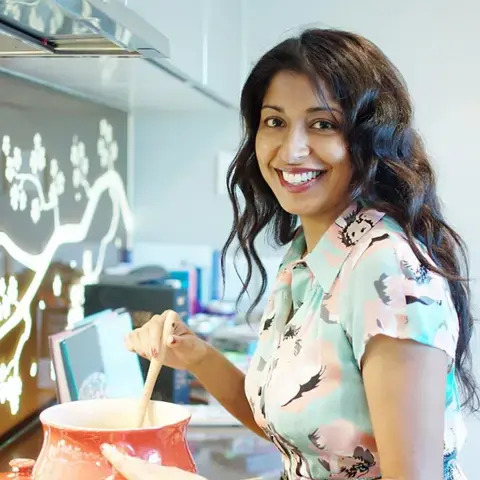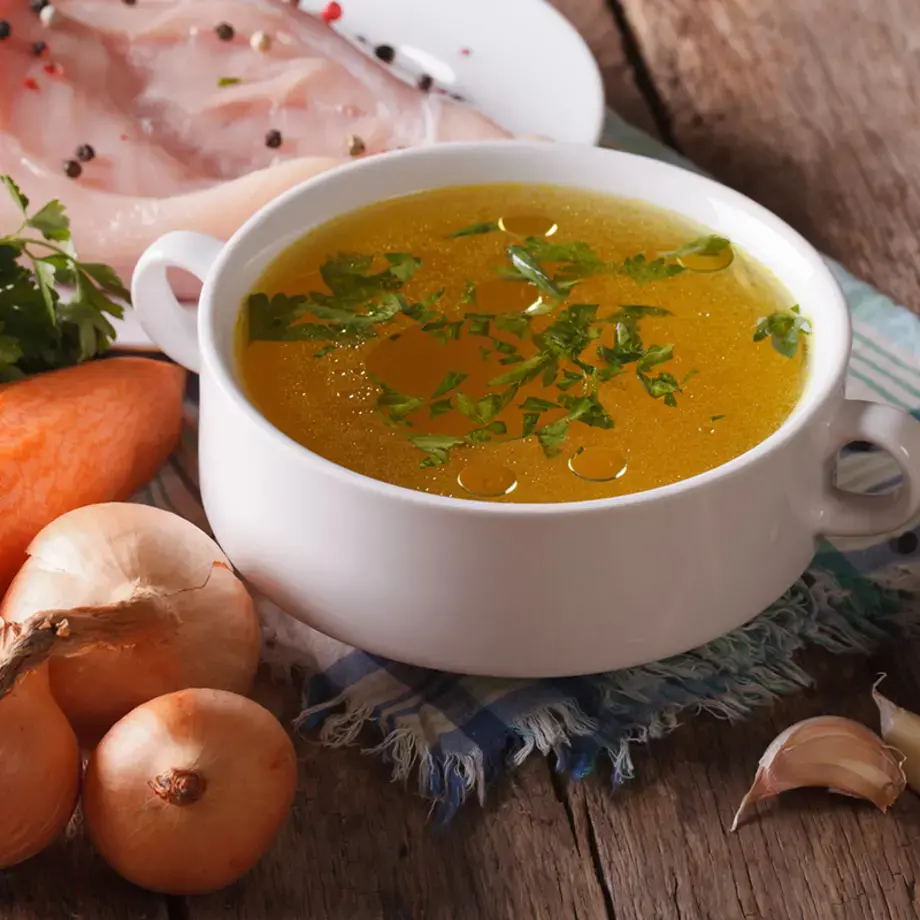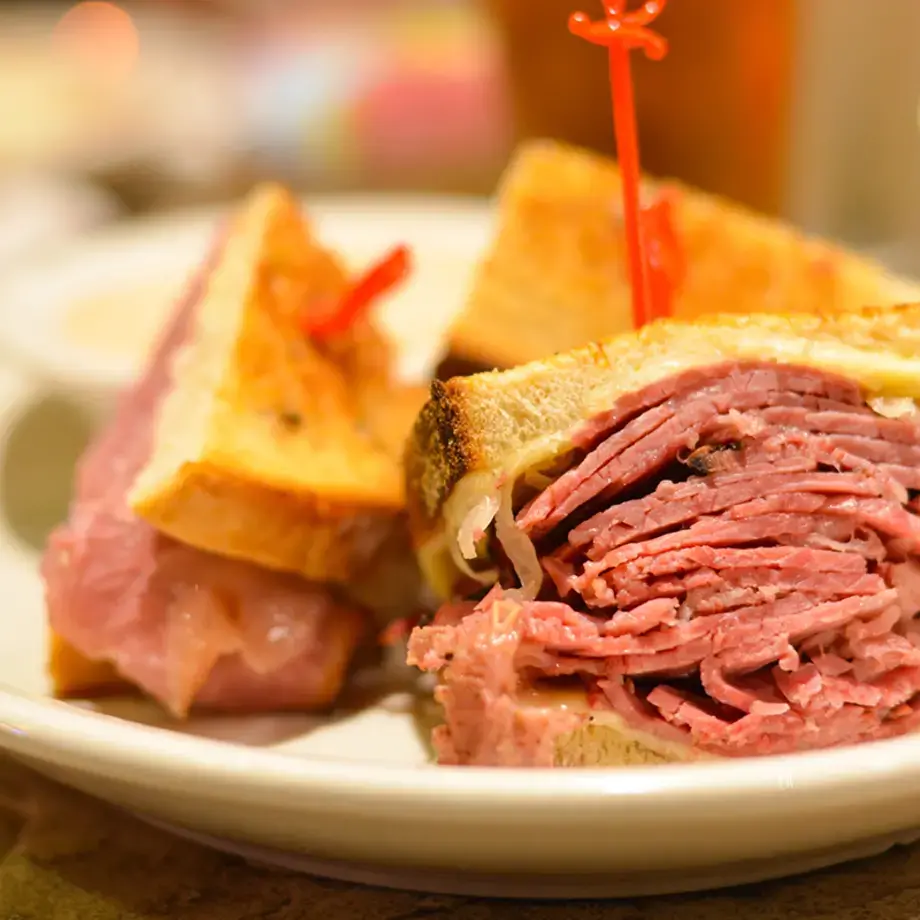Is there one definitive dish that South Africans love and prepare? It’s common knowledge that South Africa comprises a variety of cultural, ethnic and religious groups, with as many languages to match. One popular belief - and it is true to a large extent - is that South Africans love to braai (barbecue). I set out over the span of a year and a bit to visit each of the nine provinces, and the home cooks loved by their communities, not in search of charred lamb chops and savoury, smokey burnt ends, but in search of curry. The end result is Curry: Stories & Recipes across South Africa, an anthropological overview into a diverse range of homes, backgrounds and recipes for curry.
I’ll release a spoiler and say that there are as many curries as there are cultural groups living in this land. However, the history of the country has influenced its cuisine. In many instances, because movement across the terrain has been difficult – the country is large and the segregation laws of the past under apartheid ensured that people remained within communities based on racial groupings – the food customs remain intact, with recipes very close to the original versions.
















